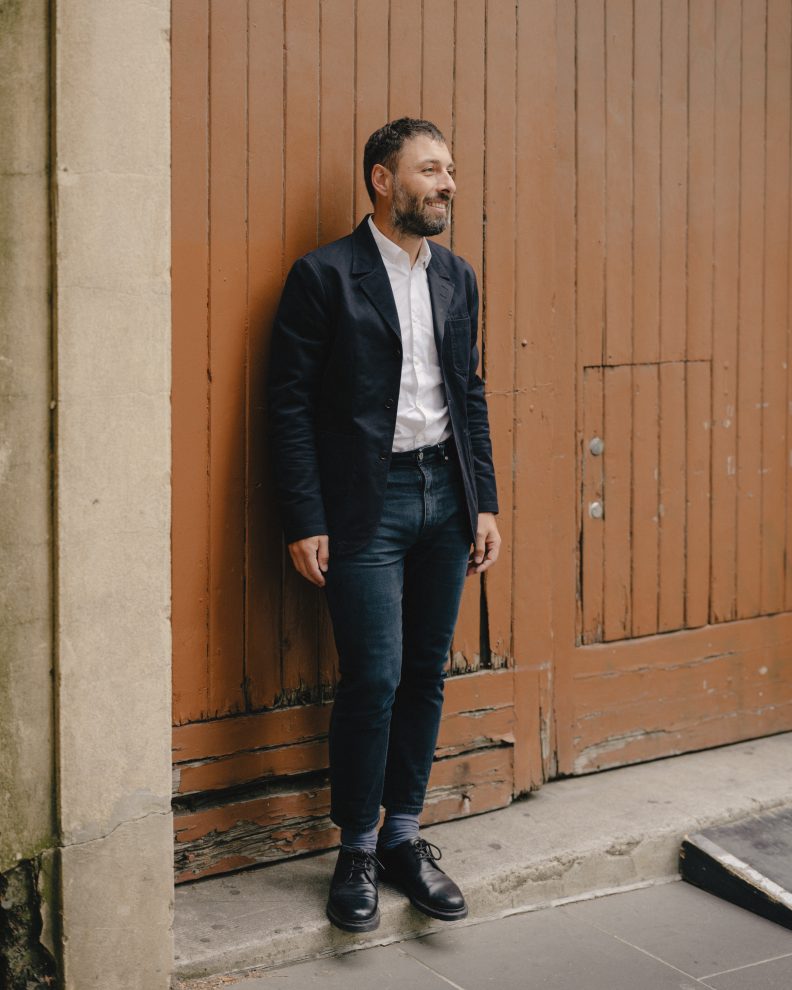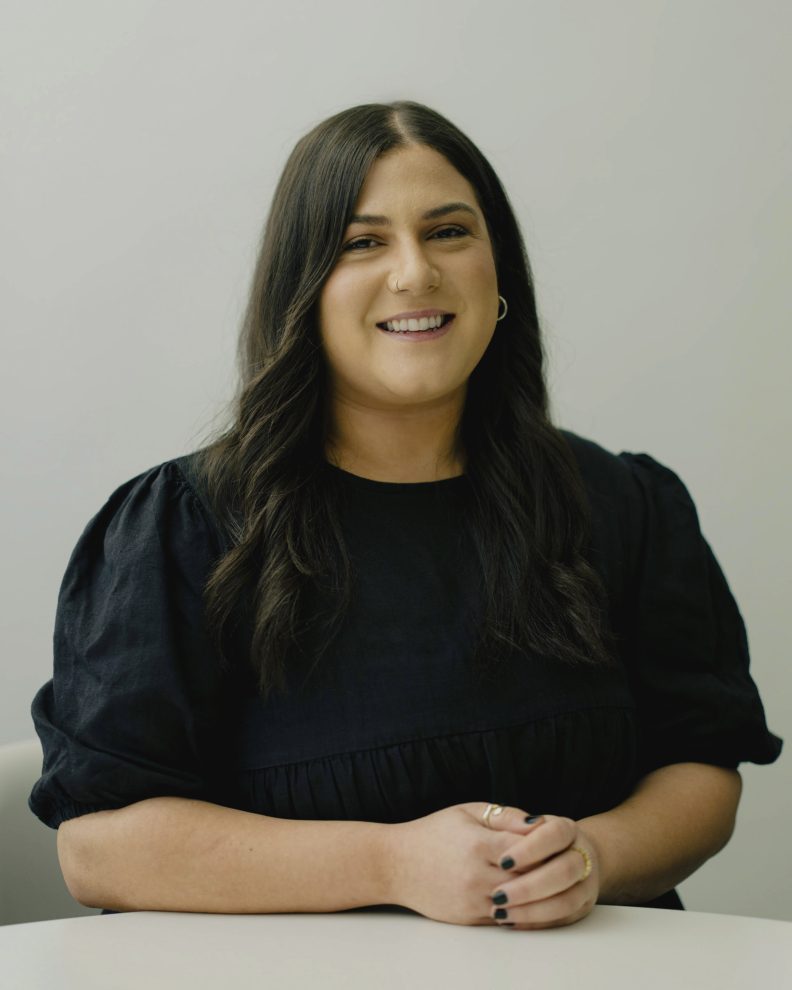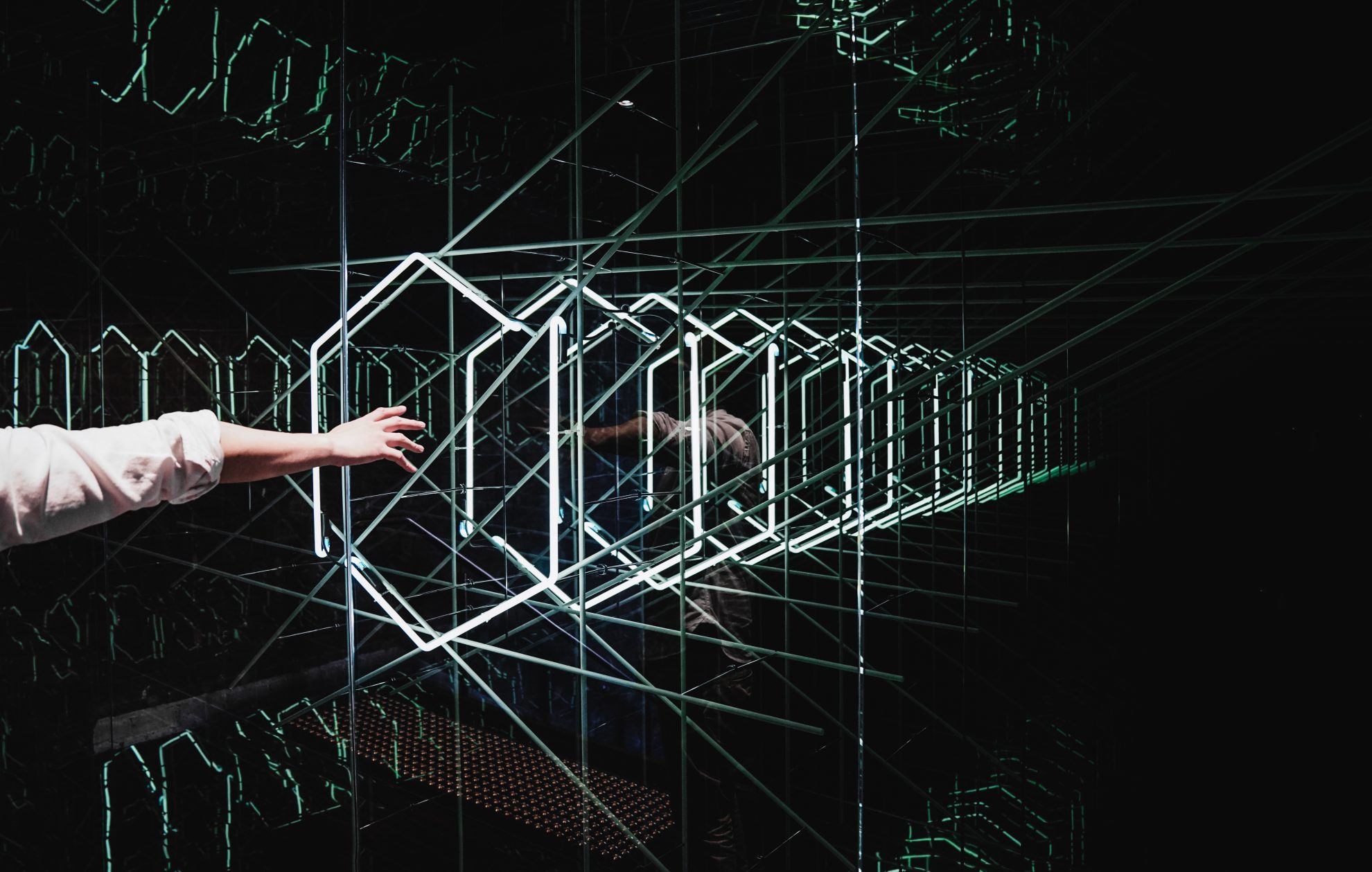
The era of artificial intelligence within the field of architecture has arrived and is fuelling never-ending debate on its potential impact, be it instant or distant. Although AI is not new, its evolution and presence have accelerated to new heights in the last six months.
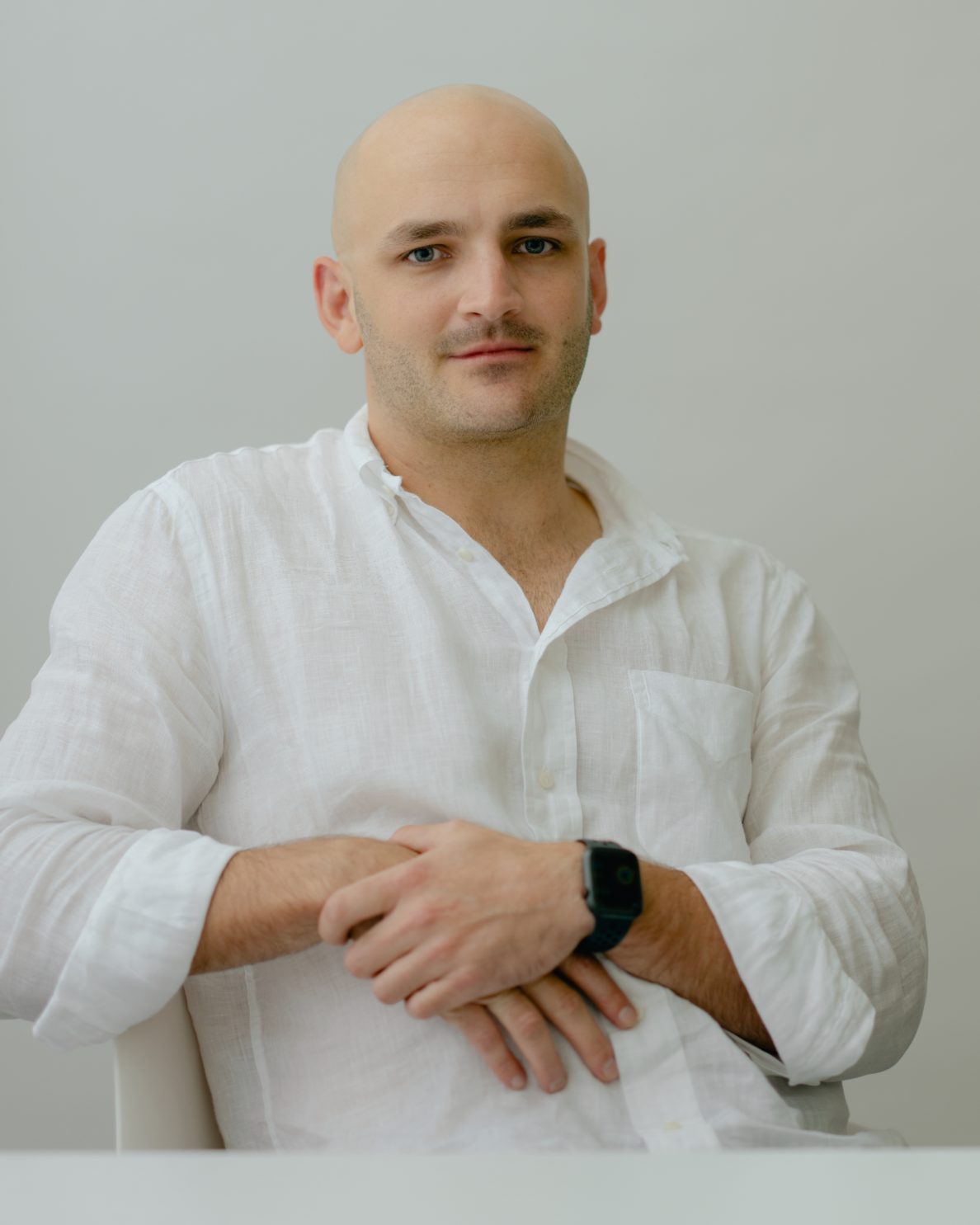
At Carr, we strive to be the first adopters of innovation and new technology. With this in mind, we’re kickstarting a series about AI and its numerous subsections and perspectives within the design industry. We begin with one of our early adopters, Senior Architect Mark Graus, who shares how despite its infancy, AI can be a tool to augment creativity – not replace it.
Simply put, artificial intelligence harnesses digital tools to mimic the problem-solving and decision-making capabilities associated with human thinking. As architecture involves a significant deal of critical and creative contemplation, let’s discuss what this could potentially mean for the profession.
Since the start of the year, you’ve been exploring AI and its potential utilisation during the architectural design process. What drew you to investigate it?
Initially, what drew me to AI was the excitement of possibility. Reading articles about its potential to be as transformative as the Industrial Revolution, I quickly realised as a disruptive technology, AI could, in the same way, reshape our work environments, economic landscapes and social structures. Of course, this also raises significant moral dilemmas that need to be addressed.
I’ve been using the AI as we know it today since the start of the year. What many people may not realise is that we’ve been using AI for some time. Virtual assistant Siri, which falls under the category of ‘narrow’ or ‘weak AI’, arrived in 2011 and isn’t spoken about much. Recent releases have made software like ChatGPT feel like they have come out of nowhere because their use cases are expanding. Like with everything technology related, the growth curve is exponential, so we’re going to be seeing it used a lot more – a lot sooner than we expect. But to think that we are only at the beginning of something that could be as profoundly impactful as AI is extremely exciting.
There’s been a lot of polarising responses to AI and its growing presence in design, being seen as substituting ingenuity and lacking originality. What advice would you give designers to encourage them to start exploring it?
My advice to designers would be to embrace AI as a tool, not as a replacement for human creativity. Like any other tool we use, such as Revit or Photoshop, AI can be used effectively to achieve great outcomes, or it can be used poorly. When integrated thoughtfully, with the keyword being ‘thoughtfully’, I think AI certainly has the potential to enhance capabilities. When you integrate it with consideration, you’ll get results and open new opportunities for what we do, which is to innovate.
Generally speaking, AI isn’t quite synonymous with ‘creativity’. But during a panel discussion at Clerkenwell Design Week, Zaha Hadid Architects’ architectural designer Tim Fu expressed that the process is more imaginative than people may think. What are your thoughts on this?
I think there is an element of both. But if you really draw down on this, software like Midjourney is pulling pieces of imagery from all over the internet and collaging them together to form something ‘new’. In a way, it isn’t too dissimilar from what we already do as designers. We draw upon pieces of inspiration from various sources including our own work, the work of others, art and even life. Through the creative design process, this manifests itself into an architectural form. You can see how the lines could be blurred if you are taking imagery and using it like for like. But for us, I think the true potential lies in the subsequent rise of divergent thinking and optioneering.
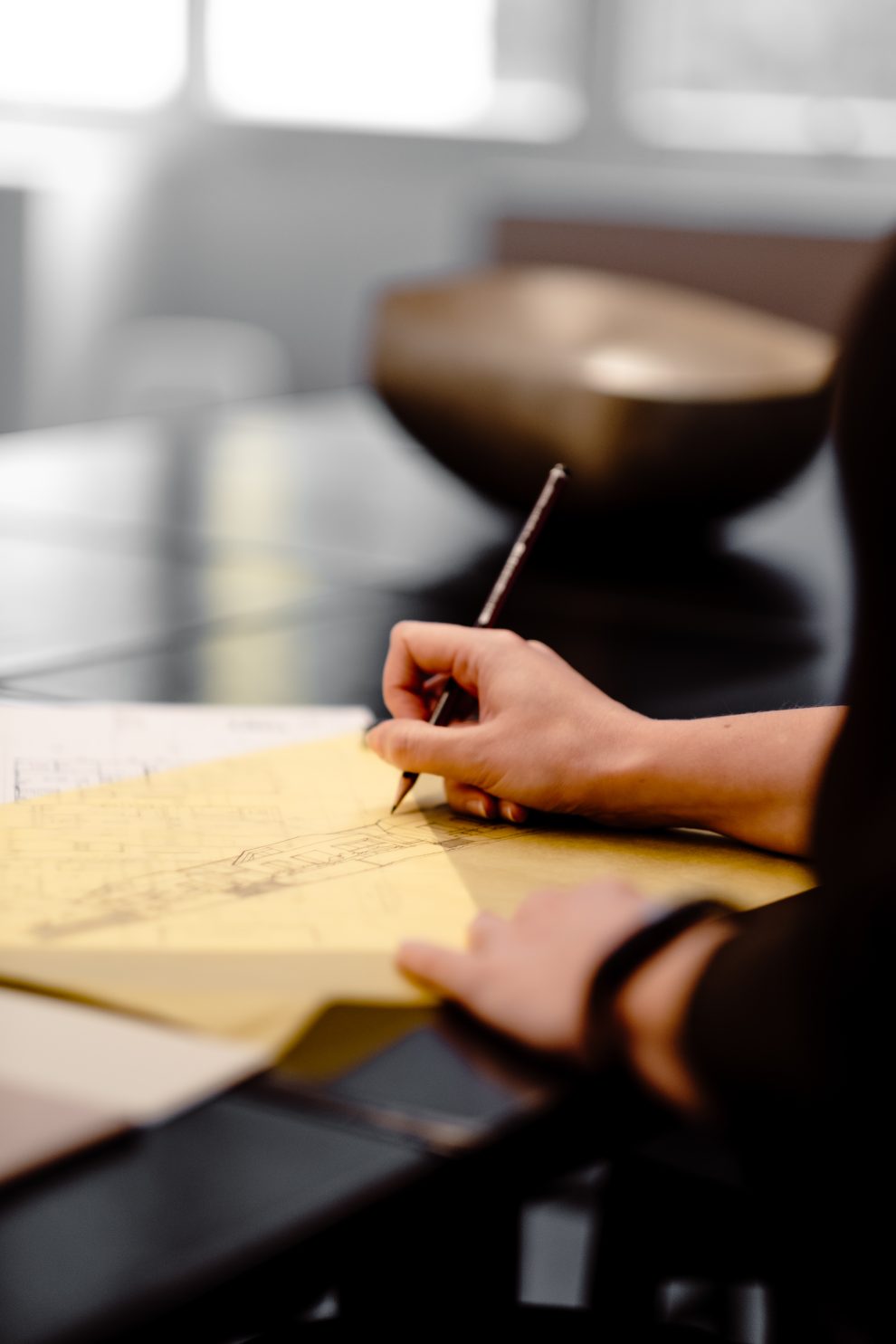
Also during the panel at Clerkenwell Design Week, Tim said, “AI is becoming a substitute for sketching. It’s not supposed to give you resolved answers, but rather to generate ideas during the conceptualization phase.” Do you agree?
I echo Tim’s sentiments for the most part. It’s hard to overlook what AI can do in optioneering for the early sketch design phase – we are playing with exactly this on a project right now. However, it’s essential we consider the appropriate time and place for its application. But there are varying scales here. I see a world where you pull out a piece of butter paper, explore your thoughts through a 10-second sketch, and then use AI to expand upon your ideas. There’s something inherently human and tangible about that seemingly simple act of drawing. In this, you’re not replacing the tool, you’re just augmenting and expanding on what your capabilities are.
In the architecture industry, where do you predict AI to find its place? Where can you see it becoming most useful and innovative?
This is a difficult question to answer due to the relative infancy of AI. If we are talking long-term, I truly don’t think we have even begun to fathom what something like Artificial General Intelligence (AGI) is capable of.
But if AGI is off the table, there won’t be one or two definite things. Rather, AI will permeate its way through all aspects of our processes. We can start to see cases in all aspects of our business already, from generative AI in early concept to design development phases, to companies that are starting to develop AI integration within documentation. I just don’t think we are quite there yet… but it’s coming!
It’s also important to look at pairing AI with soft skills, such as critical thinking, problem-solving, originality, and initiative. When combined with these capabilities, technology can further our understanding of an increasingly complex world, allowing us to engage in more abstract questioning and shifting our focus from identification to ideation.
Has Carr started to implement AI?
Currently, we are in the exploratory phase of our AI research, where we are actively testing different tools. We’re mindful of the risks and challenges like issues around data privacy, potential over-reliance, or even problems surrounding copyright. Each one of these is deserving of its own discussion!
It’s difficult though, as a business, we want to be at the frontier, but we also value a meaningful approach. It’s in our DNA to avoid following trends and with all the hype surrounding it now, we certainly don’t want it to become a distraction. Our number one priority is delivering excellence for our clients. Any introduction of AI into our processes will come with a lot of consideration, weighing its advantages against potential risks, and ensuring it complements our values and design. As practitioners, we should aim to use AI as a tool that augments our capabilities without replacing the essence of what makes architecture a deeply human practice.
Contributing writer: Stephanie Kukulka (UK).
Read about Carr’s innovative design approach for the mixed use project 623 Collins Street.



































